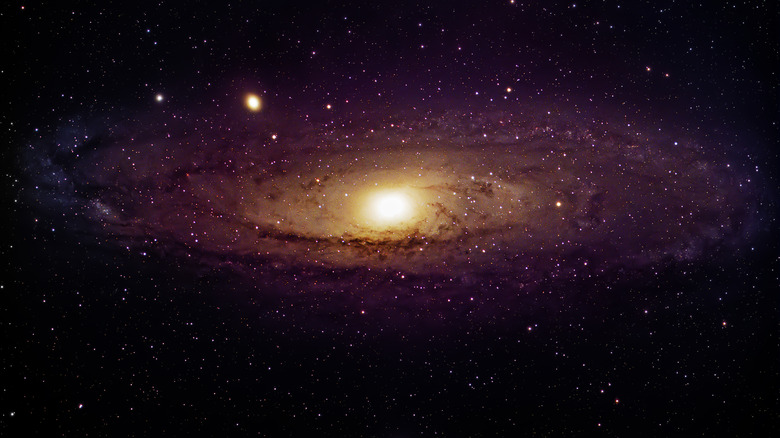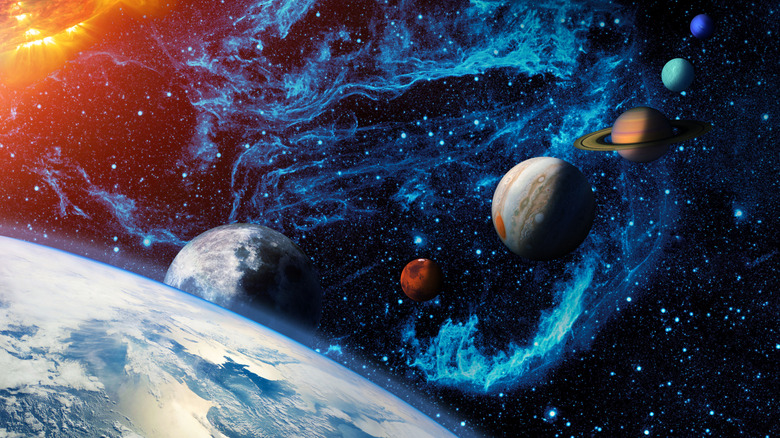This Newly Discovered World Puts A Big Hole In The Planet Nine Theories
Astronomers have discovered a brand-new world hiding out beyond Pluto. While exciting, the discovery of this new world could challenge long-standing theories of the existence of Planet Nine. In fact, the discovery could even kill those theories completely.
The idea that a ninth planet exists in our solar system isn't a new one by any means. In fact, scientists have been theorizing about it since we officially marked Pluto off the planetary lineup (possibly even before, but back then it was called Planet X, instead). However, finding evidence of a ninth planet has been difficult. Not only because of how far away it might be — in the outer reaches of our solar system — but also just because it doesn't always line up with the science we have in front of us.
Proving that Planet Nine exists shouldn't be this difficult. But space is vast. Thankfully, researchers say they might have found the key to proving Planet Nine's existence. Further, some scientists even did the math and estimated that there was at least a 40% chance that Planet Nine exists.
The key to proving Planet Nine exists
The data is based on the orbits of other objects found beyond Pluto — objects that scientists refer to as sednoids. Unlike planets, these objects have very eccentric orbits, making them intriguing points of study. Sednoids are named after the dwarf planet Sedna, which shares a similarly eccentric orbit. Sedna is one of the most distant objects in the solar system known to astronomers.
The reason that this new world, which scientists have dubbed Ammonite (or 2023 KQ14) has garnered so much attention when it comes to the Planet Nine theories, though, is because it could help prove once and for all that there is no Planet Nine. Researchers have specifically argued that the chances Planet Nine exists are so high because of the orbits of Sedna and other sednoids out there. These objects seem to share gravitational orbits, which could mean that they're being "herded" by a much larger planet. However, Ammonite challenges these assumptions because while it has a similarly eccentric orbit, it doesn't appear to follow the same pattern as other sednoids. This could suggest that there is no Planet Nine herding these objects.
If that's the case, it could mean the end of Planet Nine theories for good. Of course, proving the existence of a ninth planet beyond Pluto and Neptune was always going to take time and access to those areas of space, which we just don't have. And while there are spacecraft exploring the Kuiper Belt and the outer regions of our solar system, Trump's incoming NASA budget cuts could have a significant impact on those missions in the coming years as putting humans on Mars and the Moon takes center stage again.

